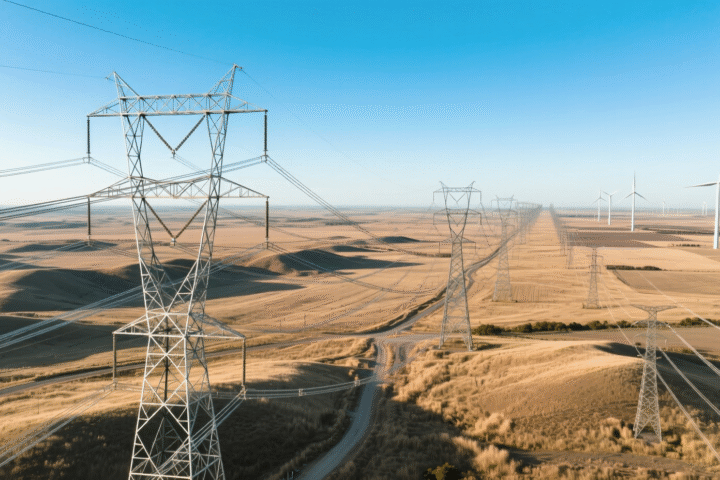Ethereum co-founder Vitalik Buterin has announced that he will limit his public references to layer-2 networks that are not decentralized enough.
In a post on X yesterday, Buterin wrote, “Starting next year, I plan to only publicly mention (in blogs, talks, etc) L2s that are stage 1+,” referring to the minimum standard set in his 2022 framework for classifying rollups based on their level of decentralization. He added, “It doesn’t matter if I invested, or if you’re my friend; stage 1 or bust.”
This move aims to push layer-2 projects to advance beyond what he describes as “training wheels,” which are interim measures these projects use before achieving full decentralization.
In 2022, Vitalik outlined in a blog post that many rollups launch early to allow ecosystem development but still rely on centralized controls like multisig systems instead of cryptographic proofs.
“While a project’s tech is still immature, the project launches early anyway to allow the ecosystem to start forming, but instead of relying fully on its fraud proofs or ZK proofs, there is some kind of multisig that has the ability to force a particular outcome in case there are bugs in the code,” Buterin explained.
Related: ERCOT Under Pressure: AI Data Centers Flood Texas Grid, Power Demand Soars
I take this seriously. Starting next year, I plan to only publicly mention (in blogs, talks, etc) L2s that are stage 1+, with *maybe a short grace period* for new genuinely interesting projects.
— vitalik.eth (@VitalikButerin) September 12, 2024
It doesn't matter if I invested, or if you're my friend; stage 1 or bust.
Multiple… pic.twitter.com/4cGxgsfmUc
Buterin’s framework for rollups categorizes them into three stages, from Stage 0 to Stage 2. Stage 0 represents rollups that operate with full “training wheels,” meaning they rely on centralized controls such as multisigs to manage risks. In blockchain technology, a multisig, or multi-signature, involves a key controlled by multiple parties, allowing a small group to make changes under specific conditions. This setup is viewed as a temporary safety measure while the technology matures.
Stage 1, which Buterin now cites as a minimum standard, involves limited “training wheels” and the use of fraud proofs or zero-knowledge (ZK) proofs. These cryptographic methods allow transactions to be verified without a central authority having the final say.
Stage 2 indicates a fully decentralized network with no centralized controls or backstops.
Related: Elon Musk’s X Algorithm Is Cutting Reach for Crypto Content
According to L2Beat, a platform that tracks the status of layer-2 protocols, none of the prominent rollups have reached Stage 2 so far. However, some networks, such as Arbitrum One, OP Mainnet, and zkSync Lite, have achieved Stage 1 status. These networks have moved away from complete centralization but are not yet fully decentralized.
Buterin expressed that the current phase of rollups relying heavily on centralized multisig systems should be phased out. “The era of rollups being glorified multisigs is coming to an end,” he wrote on X. “The era of cryptographic trust is upon us.” His comments suggest a strong stance on the need for further decentralization within the Ethereum ecosystem’s layer-2 solutions.












